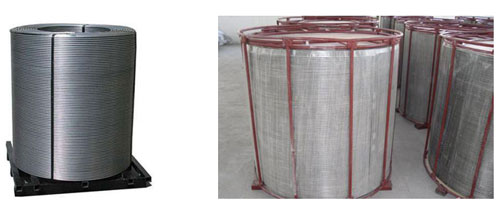
If you are looking for an Inoculant Cored Wire Manufacturer, you have come to the right place. In this article, you will find out about the metallurgical process, economics, and types of wire. Read on to learn more. Listed below are some of the important considerations for choosing an Inoculant Cored Wire Manufacturer. And as a bonus, we will also discuss the advantages and disadvantages of each type.
Metallurgical treatment of molten iron or steel may also include the addition of a substance to control the composition of precipitates and non-metallic inclusions. Inoculant cored wires are one such example, consisting of a powder fill packed inside a metal sheath. The sheath is made from a metal composition that is compatible with the molten metal, such as steel.

There are many metallurgical considerations for inoculant-cored wire manufacturers. The first and most important consideration is the ratio of D1/D2. This is a critical factor because it determines the proportion of different powders, which results in segregation or demixing phenomena. The ratio must be between 1.3 and 6.2. The ratio must be as low as possible, and should be based on the manufacturer's specifications.
There are several considerations for manufacturers of inoculant-cored wire. The most important one is the calcium addition yield. This is the proportion of calcium added to the steel after the cored wire is consumed. This amount is generally 10% to 15%. The low efficiency is due to the low vaporization temperature of calcium, which is around 1480 degrees Celsius. This means that the calcium is not dissolved in the steel as quickly as it would if it were dissolved.
Inoculant cored wires are produced in a variety of ways. Some are calcium alloys while others are a combination of calcium and iron powders. Calcium-based inoculants are often referred to as "CaSi," and iron-based inoculants are commonly referred to as "CaFe."
The production process for inoculant cored wire can be achieved in two different ways. It can be applied directly to the metal or can be used as an inoculant for the pouring process. The process of adding inoculant is facilitated by using a "PWI" feeder system, which feeds the wire into a spout during the pouring process. However, cored wire can also be applied to non-ferrous metals, which may be prone to rust or corrosion.

Write a Message